Several other techniques besides centrifuge have been used for measuring capillary pressure. These include the porous-plate and mercury-injection methods. Porous plate is the original technique to which all others are referenced have demonstrated a new method of generating capillary-pressure curves from centrifuged samples using magnetic resonance images to obtain fluid saturation distribution in Berea sandstone cores. The development of capillary-pressure instrumentation has far exceeded advancements in theory. Automated mercury-injection instruments can now attain pressures in excess of 60,000 psi.
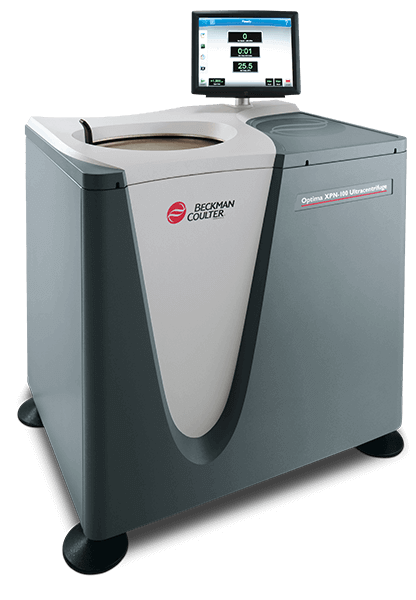
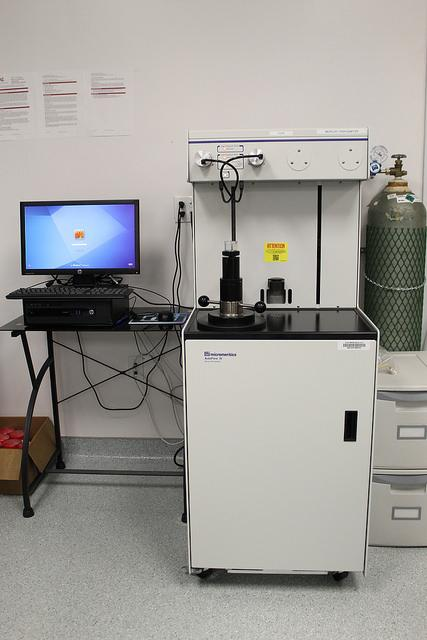

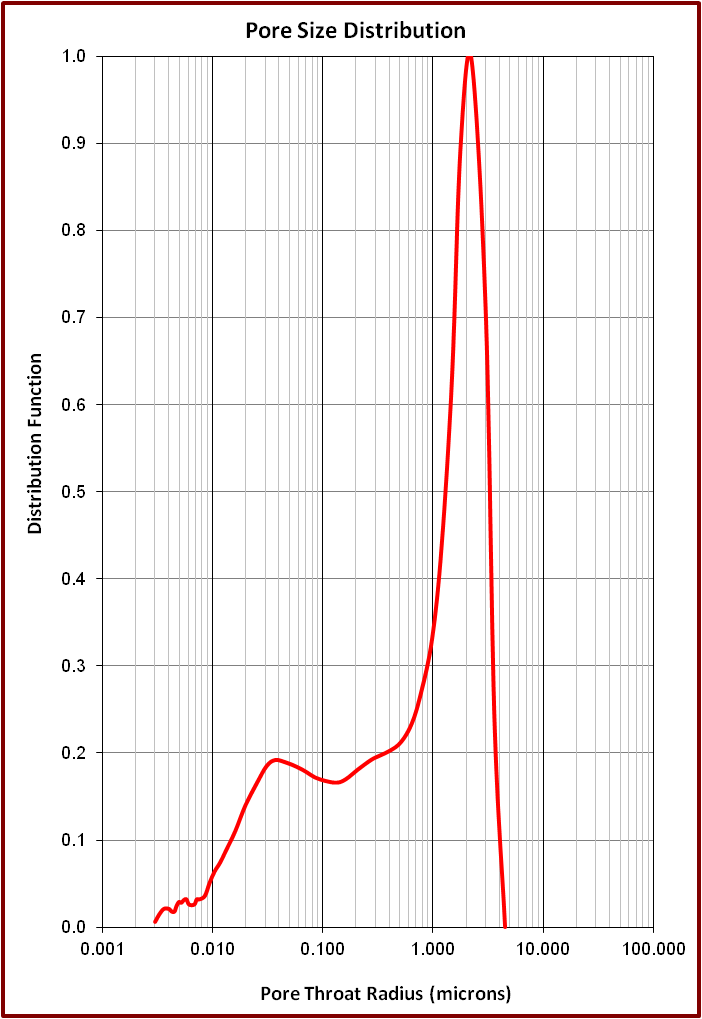
Relative permeability is one of the most important reservoir parameters measured in the laboratory. These data are used for prediction of reservoir performance and determination of ultimate fluid recoveries. This information is critical in designing various fluid-injection schemes, evaluating water and gas-coning behavior, examining formation-damage potential, and in the development of pseudo-functions for numerical reservoir simulation. The relative permeability of a rock to each fluid phase can be measured by either steady-state or unsteady-state methods. Under steady-state conditions, a fixed ratio of fluids is forced through the test sample until saturation and pressure equilibria are established. Unsteady-state relative-permeability measurements can be made more rapidly than steady-state measurements.
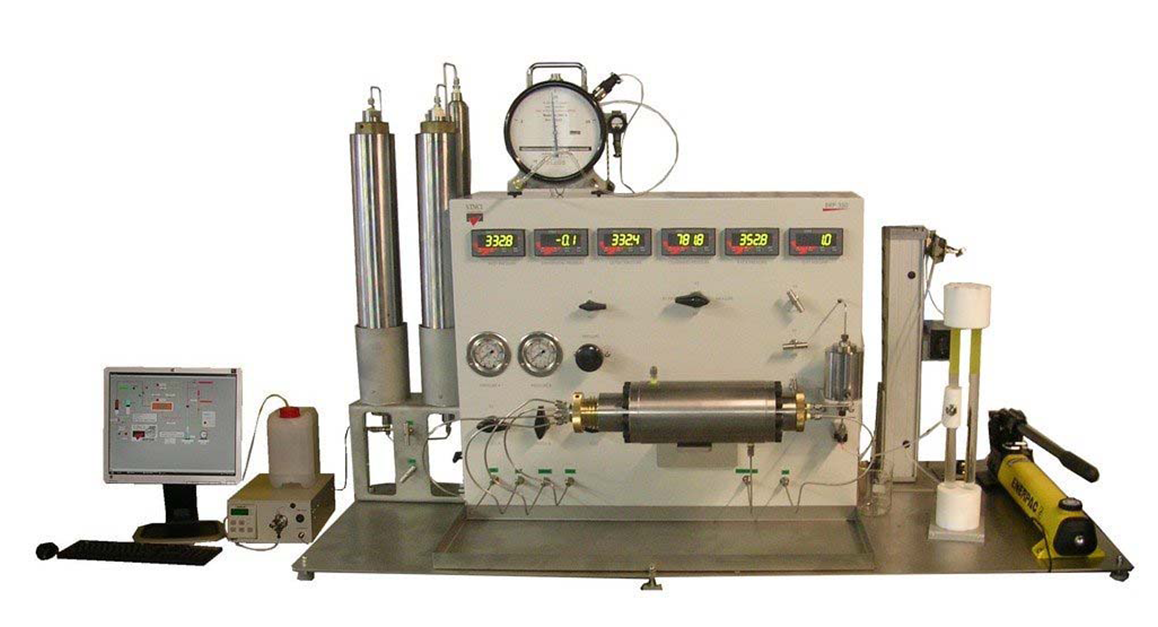
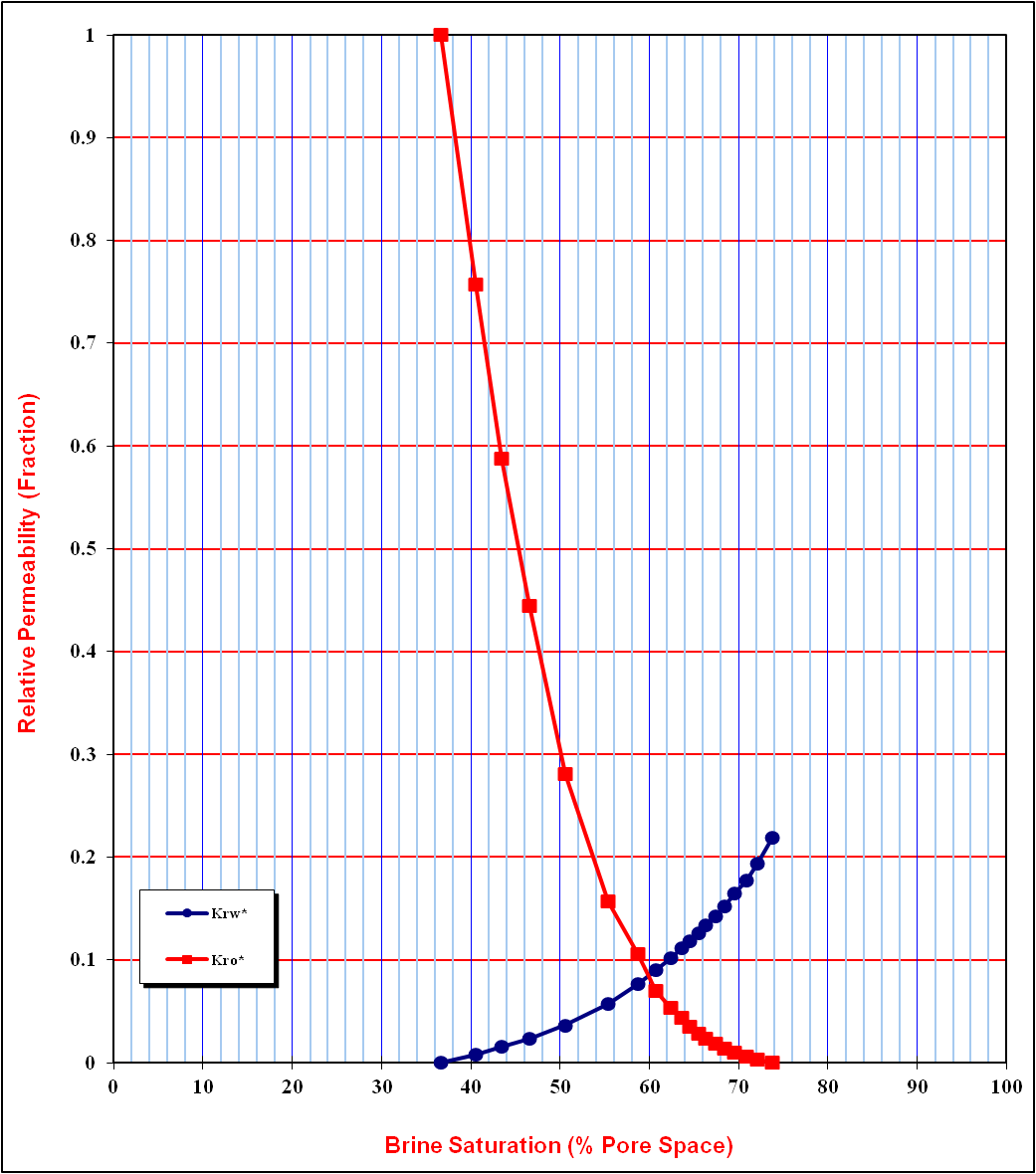
Wettability is defined as the tendency of one fluid to spread on or adhere to a solid surface in the presence of other immiscible fluids. The importance of wettability has long been recognized as affecting the measurement of special rock properties. Wettability is a major factor controlling the location, flow, and distribution of fluids in rocks. Undoubtedly, in situ wettability is one of the most difficult reservoir parameters to quantify. It is virtually impossible to core a reservoir rock and be certain that its in situ wetting preference has not been altered. The goal of the core analyst must be to mitigate wettability alteration during core acquisition and sample preparation. It may be possible in some rock types to restore the original wetting preferences of the rock by cleaning, saturation with reservoir fluids, and aging. The most common methods to measure wettability include USBM, Amott and variations on these basic methods review the use of the dynamic Wilhelmy plate for measuring the wetting character of oil, brine, and rock systems. This method is simpler and less operator-dependent than standard contact-angle procedures and can be used to examine the effects of contaminants such as drilling-fluid components.
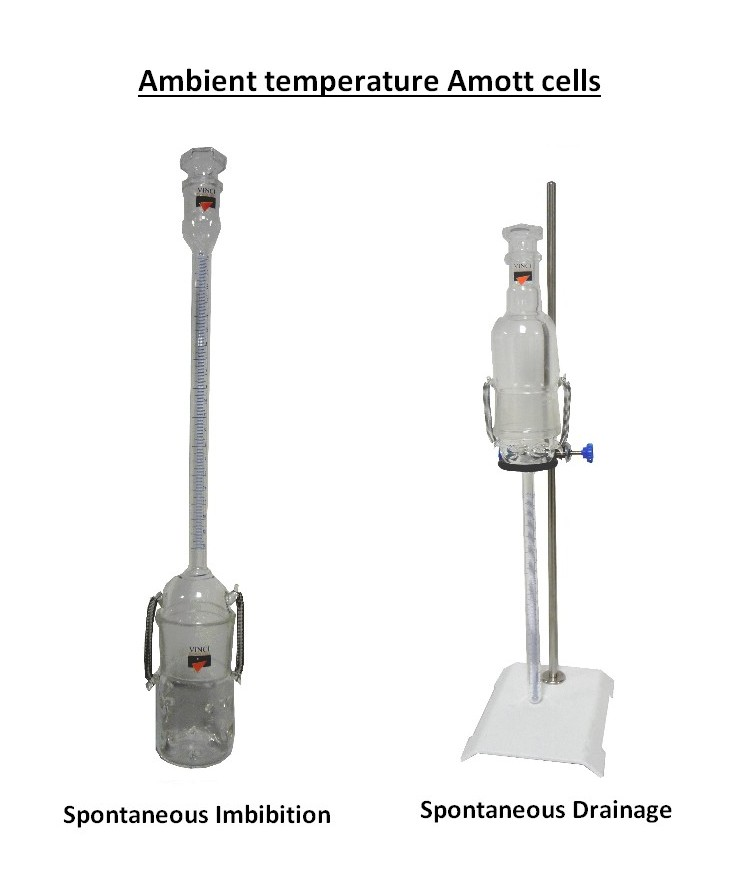
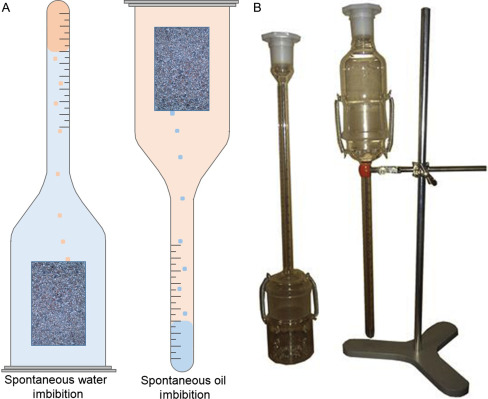
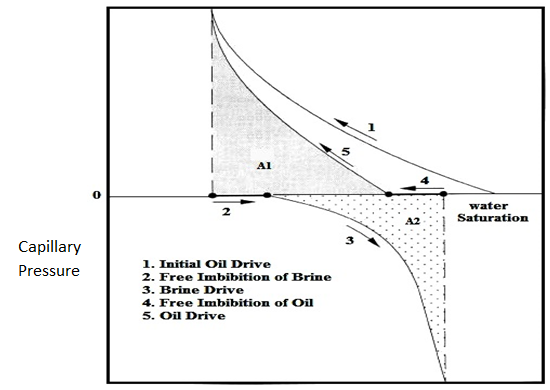
Electrical properties of a rock depend on the pore geometry and fluid distribution. Applications of Formation Factor to determine Ro and subsequently compare with the true formation resistivity, RT, to identify hydrocarbon zones. To determine F and subsequently use to estimate porosity and to determine Rw for water saturation calculations.
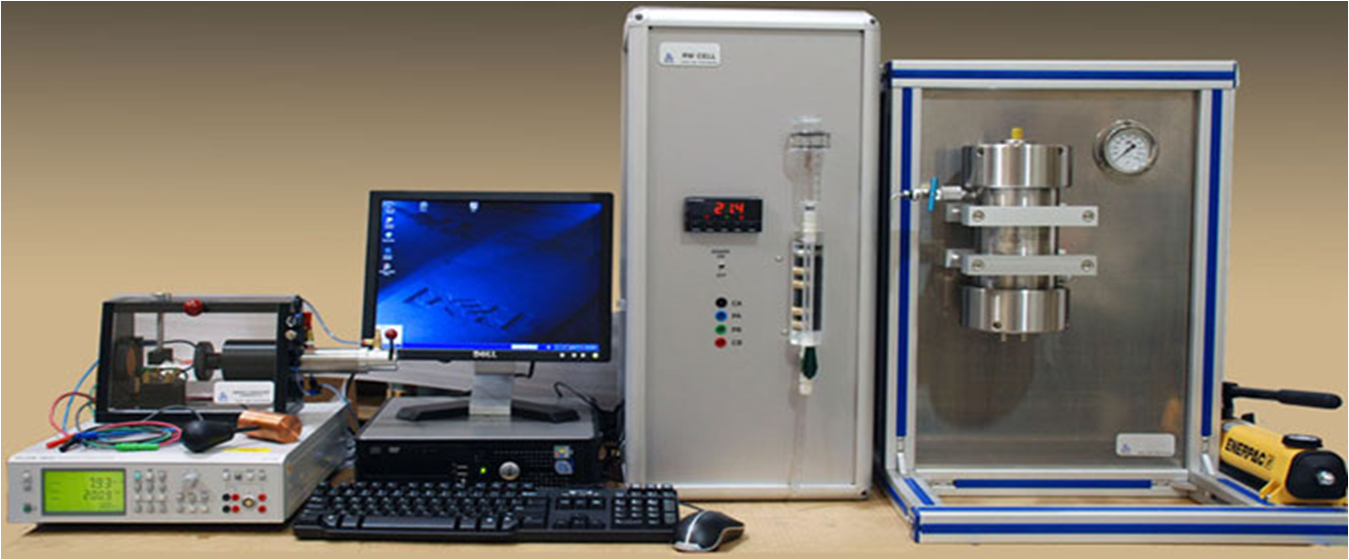
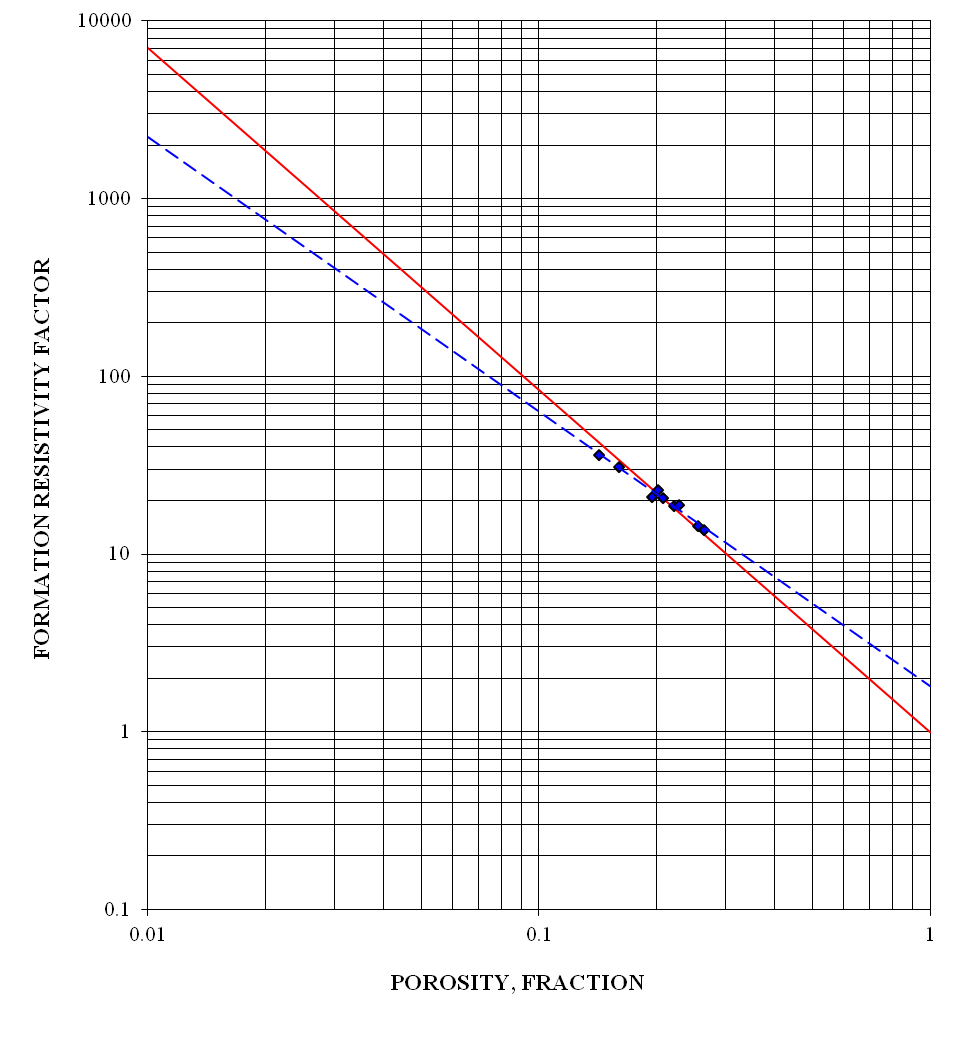
Pore-volume-compressibility (PVC) data are used to compute pore-volume reduction during pressure depletion of a reservoir. This variable can play a major role in the prediction of hydrocarbon recovery. The majority of PVC tests conducted by CoreServ are performed under hydrostatic load. An empirical uniaxial correction factor is then applied to hydrostatic data to estimate rock behavior under reservoir stress conditions. These factors assume linear-elastic strain conditions, equal horizontal stresses, the Biot pore-elastic constant equal to one, and a value for Poisson's ratio. Unfortunately, hydrostatic loading rarely reflects in situ stress conditions. Efforts by experts in rock mechanics and by core analysts have resulted in improved PVC technology. The preferred method of measuring PVC is uniaxial strain (triaxial stress) with pore pressure to approximate in situ conditions. The total vertical stress (overburden) and lateral strain are maintained constant during pore pressure depletion (reservoir pressure drop during production). Stress-path dependence is evaluated and elastic constants are measured directly. Although this approach is more complicated, it is more representative of reservoir conditions than hydrostatic loading. Nevertheless, some authors argue that theoretical corrections to hydrostatic tests are accurate for most reservoir situations. Bulk-compressibility factors critical in subsidence studies as well as in the evaluation of core compaction factors should also be measured triaxially.
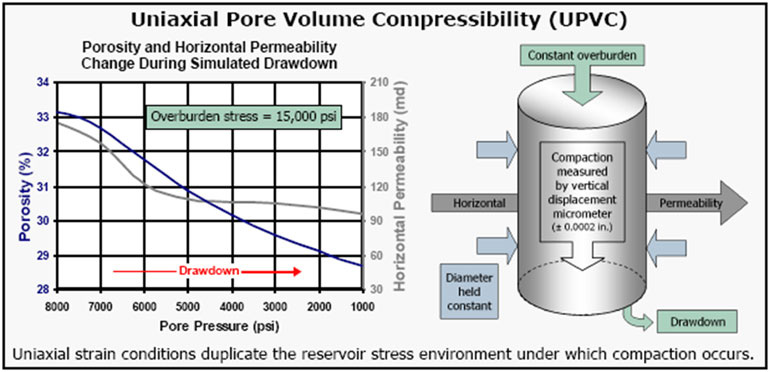
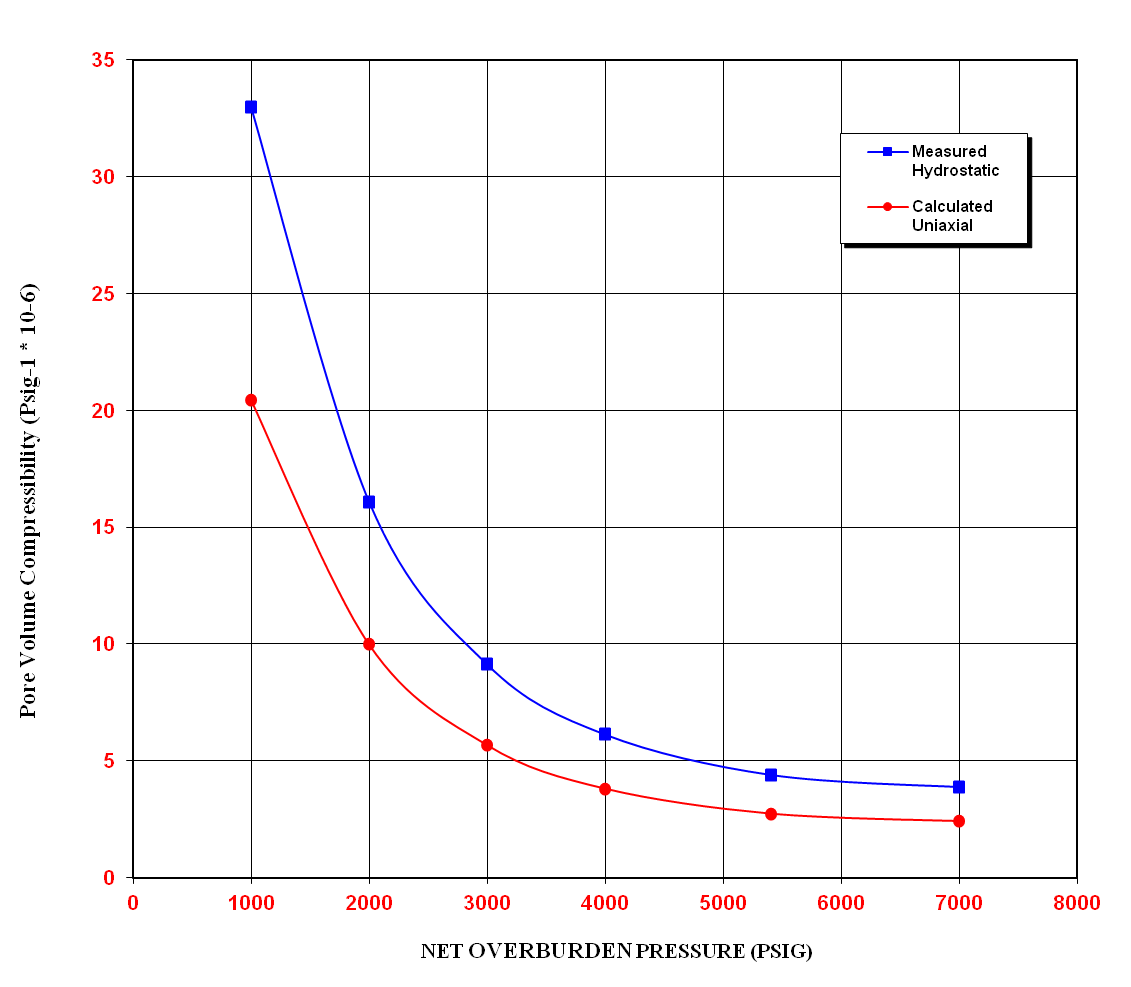
Copyright © 2018 - All Rights Reserved - www.core-serv.com